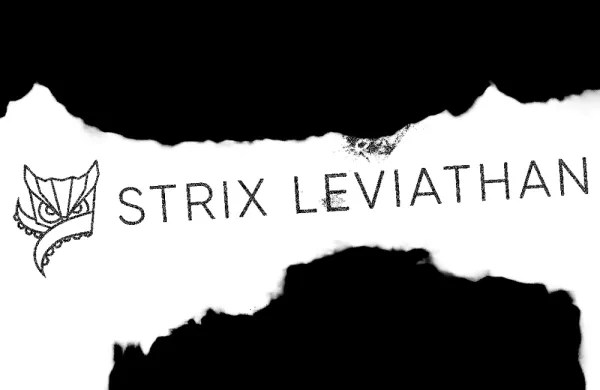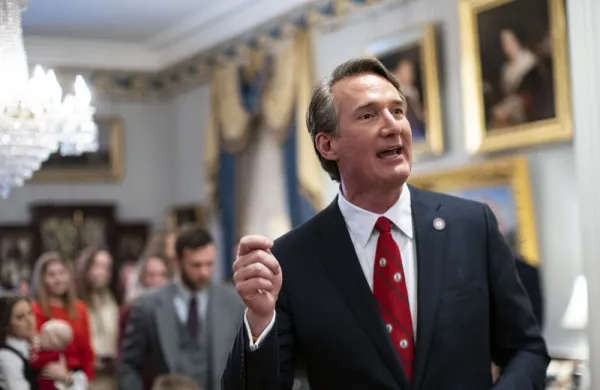I’ve been riffing a lot lately on the insanity of the fees and costs that financial service providers get away with charging pensions, sovereign funds and other asset owners. (So much so, in fact, that I had a colleague jokingly refer to me as Don Quixote the other day... Ouch). Notwithstanding my own limited influence, some funds are, encouragingly, taking action and fighting back against the fee machine. For example, pensions are trying to bypass financial intermediaries by developing in-house teams of investment professionals. Other funds are trying to seed new and aligned managers that provide cost-effective access points to alternative assets. And other funds are taking it even further, leveraging their own direct investment skills to become financial intermediaries in their own right. And this is ...
Wait, what? What was that last bit?
I said: Some institutional investors are now accepting (or are considering accepting) asset management mandates from peer funds. That’s right, the pension funds that worked so hard to dis-intermediate third party asset managers are themselves becoming third party asset managers.
Before we get into assessing whether this is a good thing, let's first see who's doing it. Here’s a list of the ones I can think of off the top of my head:
- TIAA-CREF: The Teachers Insurance and Annuity Association – College Retirement Equities Fund is a pension fund for research, medical and cultural organizations that serves 3.7 million people. Since 2000 or so, it has worked closely with "Institutions, Endowments, Foundations, Sovereign Wealth Funds, and Central Banks".
- OMERS: In 2009, the Ontario Municipal Employers Retirement System was given legislative authority to set up a new entity, OMERS Investment Management, which would explicitly manage assets on behalf of "eligible clients".
- QIC: The Queensland Investment Corporation's first non-governmental client was signed up in 1996, and its first foreign client was accepted in 2002. The fund was originally set up in 1989 as a government owned corporation, but it has since grown to have roughly 90 clients with over $72 billion in AUM.
- CHIMCO: The Catholic Healthcare Investment Management Company was a $26 billion health care fund that recently morphed into an asset manager. Here’s a blurb: "On October 1, CHIMCO officially became Ascension Investment Management, according to its parent organization. While the moniker signals a new direction for the fund, it has retained its investment staff, external managers, Catholic values, and internal holdings."
- VRS: The Virginia Retirement System is the latest pension fund to seek permission to manage third party assets: "The trustees of the $55 billion VRS voted seven to one last month to allow the fund to seek legislative sponsors of a draft bill that would authorise it to attempt to generate extra revenue through this new resource"
I clearly see the value of pension funds or sovereign funds taking on third party capital in domains where they have built up sophisticated investment teams; one pension giving another pension money would seem to get pretty darn close to a full alignment of interests (time horizon, liabilities, etc.). Moreover, the not-for-profit status of many of these organizations would seem to help minimize agency problems and excessive fees. Here’s something I wrote a few years ago on this topic that I think explains it rather well:
"Certain institutional investors have spent the time, money and resources to build the investment equivalent of a sports car. Remarkably, this sports car can compete with the private sector’s sports car and, perhaps, even beat the private sector in certain illiquid and long-term assets, such as infrastructure, timberland, real estate, agriculture and some private equity investments. However, after building this sports car – which was really expensive by the way – the public investors have come to realize that they may not have enough gas to keep it running (or at least running efficiently). So these investors have decided to go out and find other investors (with plenty of gas money) who might like to ride in their sports car with them. As such, the investors with the sports cars take on a few additional passengers to make sure there’s enough gas in the tank. That’s the idea, and everybody is happy driving along in the sports car."
I like it. Smart. And yet... There is also a part of me that worries that these hybrid pension funds will become ’wolves in sheep’s clothing’. I have some misgivings about these hybrid funds over-playing the ‘pension card’ to obtain meetings or conference invitations that are reserved for asset owners. Are they there to learn? Or are they there to market their services? I honestly don’t know. (The answer is probably ‘both’.)
Here's where I come down on all this: If I’m truly interested in reducing fees and fostering alignment of interests (and, no BS, I really am), then I have to embrace these types of hybrid organizations. What I hope is that these ‘hybrids’ take on a different role: that of ‘sheep dog’. With the support of the herd, a sheep dog can repel the wolves and protect the sheep ...
Whatever the case, I’m now officially writing about farm animals and racecars... The End.






